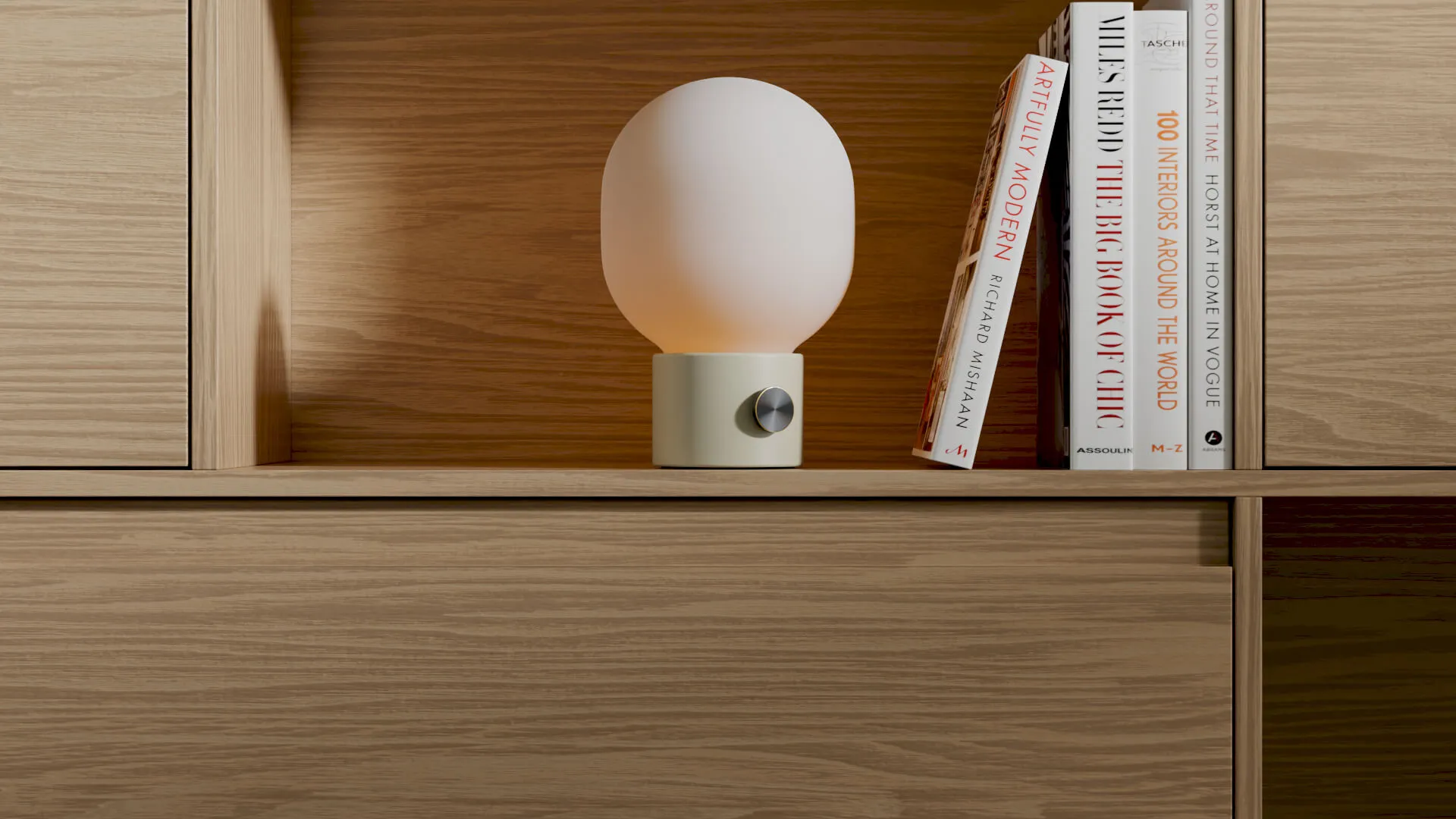What is a render engine?

CGI for strong brand presences
From hero renders to campaign assets: Our 3D studio delivers high-quality 3D images and animations that sell – and seamlessly integrate into your CI. Get a non-binding assessment.
What is a render engine?
What is a render engine?
A render engine ( render program or image synthesis module) is the software component that calculates final images or animations from 3D geometry, materials, light sources and camera data. In other words, it translates the "raw" scene data into a photorealistic or stylized 2D result.
Why is this important?
Render engines determine the image quality, speed, style and budget of a CGI project. Whether a furniture manufacturer only needs a single key visual or an interactive AR viewer - the choice of engine has an impact:
- Degree of realism (physically correct vs. stylized toon)
- Turnaround time (GPU-accelerated preview vs. pixel-accurate path tracer)
- License and hardware costs (subscription models, render farm demand)
- Area of application: still image, film, real-time configurator, metaverse asset

Want to know how we can visually boost your brand with CGI?
We'll explain the process, effort, and output of CGI product images for your brand communication for your furniture, home & living brand – transparently and without obligation.
Learn more nowHow does a render engine work?
1st scene recording
- Camera and object data are transferred to an internal scene graph structure.
2. sampling & light transport
- Ray tracing, path tracing or rasterization tracks light rays or pixel samples.
3. shading & material calculation
- Shaders retrieve PBR maps (Albedo, Normal, Metalness...) and combine them with light information.
4. denoising / post-FX
- AI denoiser reduces image noise, tone mapping smoothes contrasts.
5. frame output
- Output as a single image (PNG/EXR) or frame sequence (EXR/ProRes) for video. For large image series or animations, a render farm takes over the parallel processing of the frames in order to keep render times calculable.
Render engine comparison
Practical examples from Danthree Studio
Four brief insights into our everyday lives show how differently render engines influence image character, light and material rendering - from outdoor mood shots to technical close-ups.
1st FStorm Render Engine - Outdoor atmosphere in evening light
Thanks to FStorm's integrated tone mapping curves and film grain, outdoor furniture is given a cinematic look that fits perfectly into lifestyle campaigns. The engine calculates depth of field without additional passes, so that even the bokeh candle lights look realistic, as in this 3D project for EMU.

2nd FStorm Render Engine - Metallic shower head
In this close-up, FStorm uses its strictly physical BRDF model to display chrome highlights without over-shining. Adaptive sampling reduces the noise in the fine holes in the shower plate, so that a clean marketing image for the 3D bathroom project is available after just 5 minutes of GPU rendering.

3. corona renderer - smart home product in natural light
Corona's LightMix allows us to adjust floor reflections, carpet fibers and the shadow softness of the couch in post. This saves up to 30% rendering time, especially for large series renderings for e-commerce, because, as here, smart home product scenes do not have to be recalculated.

4th Cinema 4D Physical - Interior Mood with attention to detail
For social media reel videos, we often use Cinema 4D when fast iterations and MoGraph setups are required. The physical rendering with GI and subsurface scattering creates a credible, warm glow of the frosted glass luminaire without the need for external plugins.

All renderings © Danthree Studio 2025 - for more examples see our 3D CGI projects.
Advantages for 3D marketing & brand communication
Photorealistic consistency
Uniform visual language in the catalog, online store, social ads and POS displays - no differences in color or perspective between media formats.
Extremely fast iterations
Variant changes (material, color, camera angle) can be implemented in minutes instead of days, significantly speeding up A/B tests and seasonal campaigns.
Cross-channel reuse
A single 3D asset can be used for still renderings, animated videos, AR viewers and VR experiences, reducing production costs and increasing ROI per asset.
Storytelling without production risk
Complex lighting moods, weather changes or exploded views are created virtually - without expensive studio rentals, logistics or reshoots.
Scalable content production
Whether a single image for a key visual or a render farm batch with thousands of product variations: CGI adapts exactly to the required output volume.
Sustainable image creation
No physical prototype shipping, no travel costs for shoots - 3D visualization reduces CO₂ emissions and supports sustainable brand strategies.
Data-driven adjustments
3D parameters (e.g. camera angle, material finish) can be automatically adjusted to performance data and thus continuously optimized.
These advantages make 3D rendering and CGI a central tool for modern brand communication - from the initial design idea to the global omnichannel campaign.
FAQ - Render Engine
How does a render engine differ from a game engine?
In addition to rendering, a game engine also controls physics, audio and input in real time. The render engine is the specialized module for image synthesis.
Do I need a different engine for real-time applications than for stills?
Not necessarily - engines such as Unreal combine real-time viewport and path tracer. For maximum ray tracing quality, however, an offline renderer such as V-Ray or Corona is faster.
What hardware will be state of the art in 2025?
At least one RTX 6000 Ada or Radeon Pro W7900 for GPU renderers; 128 GB RAM and PCIe Gen 5 SSD shorten loading times.
Can AI replace a render engine?
Generative AI (e.g. AI Midjourney) is creative, but imprecise when it comes to photorealistic product fidelity. In practice, AI complements post-processing (denoise, up-scale) but does not replace the engine.
How does Danthree Studio integrate render engines into the workflow?
We link them directly to our PBR pipeline: CAD import → Material node setup → Physical light → Batch render → Color grading.
